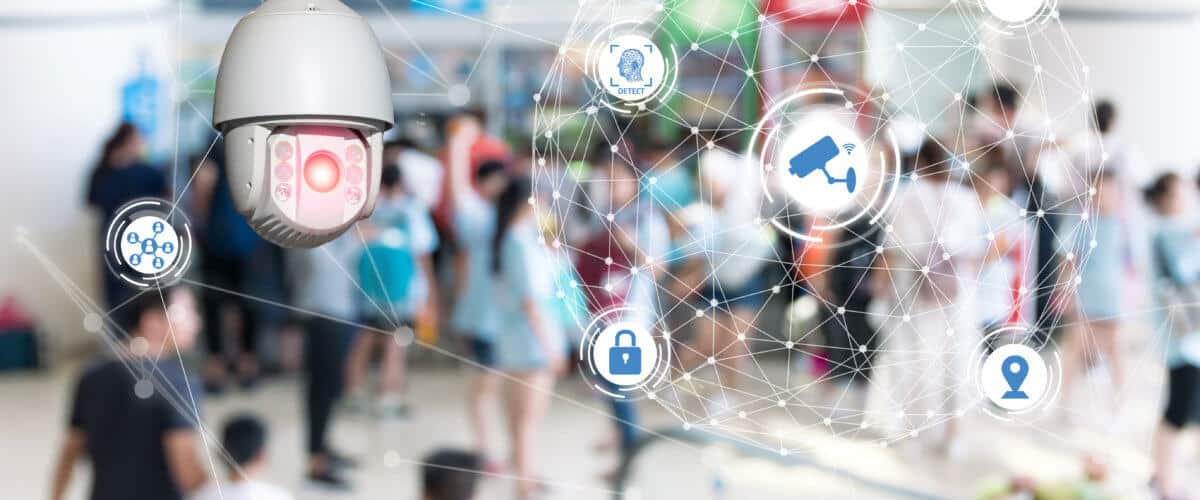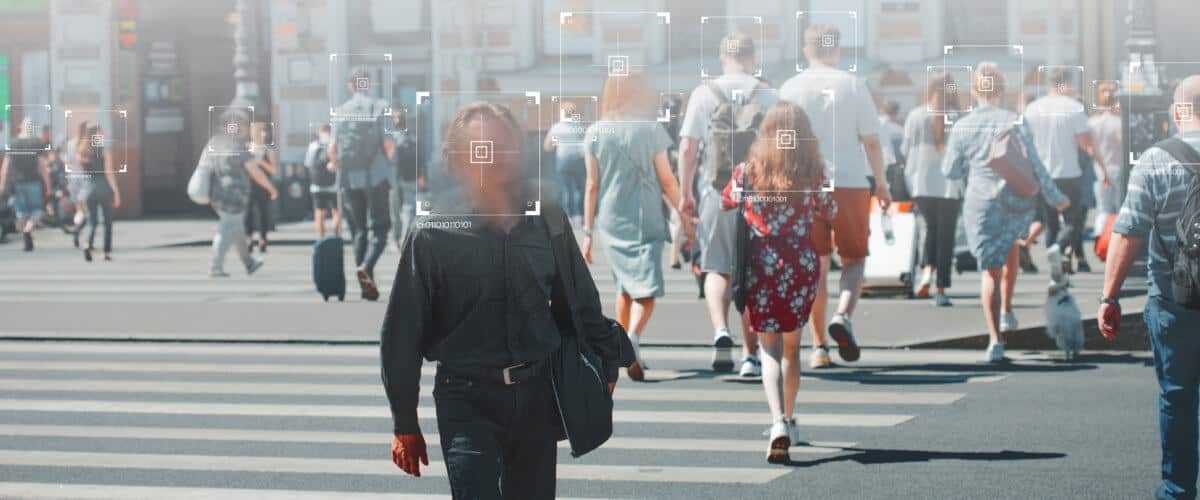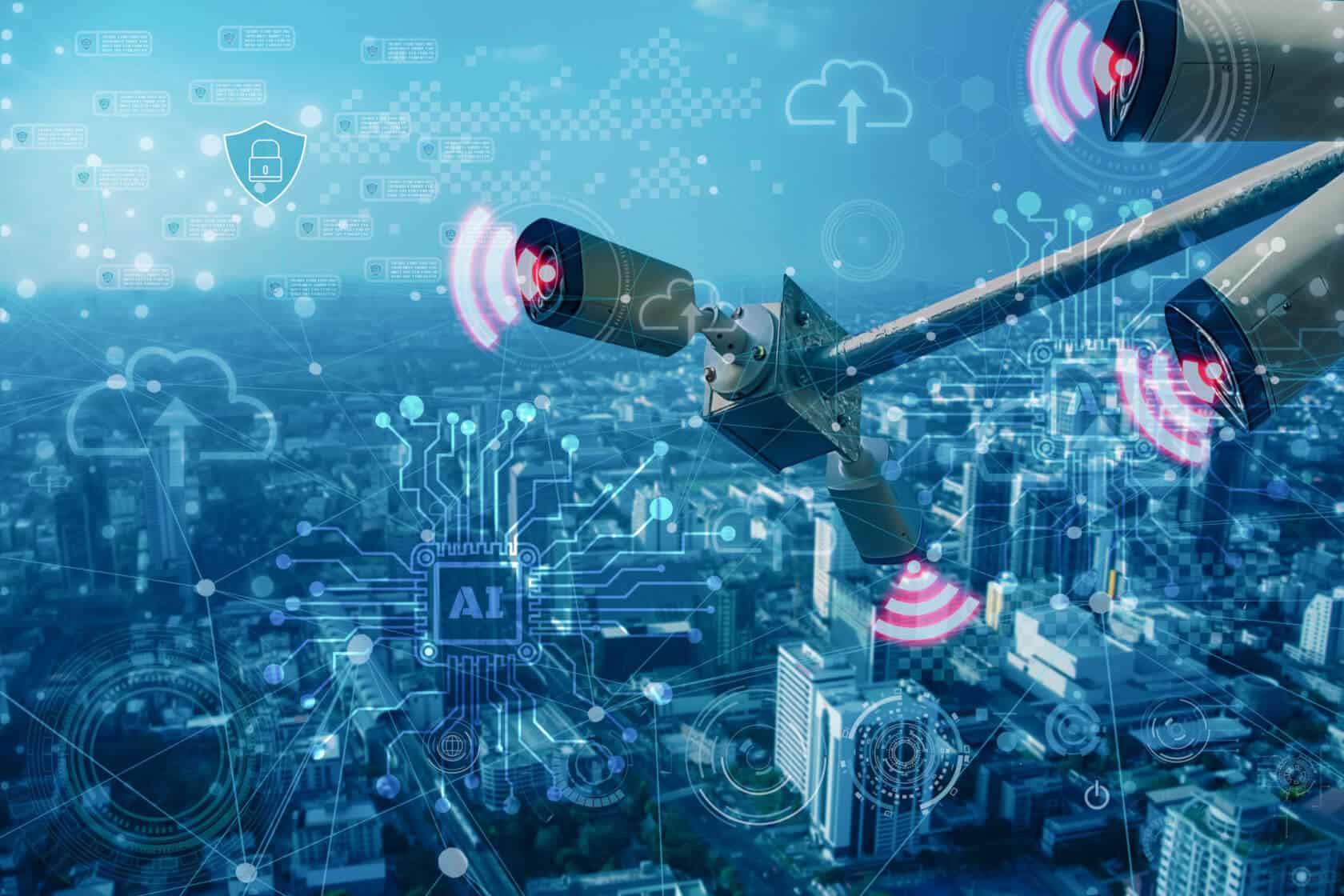In the distant past, it used to be impossible to infiltrate a space without getting noticed. Those days, however, are long gone due to the emergence of surveillance technology. Today, breaking into a space without being detected is becoming more and more impossible. We live in a world that is getting safer and safer than in the past.
Even though surveillance systems are not a new technology, the COVID-19 pandemic pushed several businesses to re-evaluate their typical security operation systems. The majority of them came up with innovative approaches to deal with their security systems. Several multi-disciplinary applications were adopted for the advancement of intelligent surveillance systems. In addition, numerous sectors have embraced surveillance systems for non-security-related purposes as well.
Trends of Surveillance Systems

The traditional set of surveillance systems — cameras, control systems, and display units connected through cables and switches — is no longer sufficient for answering the present-day demand for better security. Demands for enhanced security and quality content led to the incorporation of innovative technological domains. On top of that, opportunities for the application of surveillance systems technology in non-security-related areas are also increasing.
More and more innovative solutions are being developed in response to the rising need for surveillance technologies, especially since the pandemic. The adoption of Artificial Intelligence (AI), Machine Learning (ML), 4K video resolution, low light imaging, and cloud technology is making surveillance systems much smarter, enabling better remote monitoring, enhanced media quality, faster networking, fewer tampering possibilities, and improved storage alternatives.
According to The Business Research Company, the global surveillance technology market size is predicted to grow from $114.10 billion in 2021 to $130.08 billion in 2022 at a compound annual growth rate (CAGR) of 14%. Additionally, the surveillance technology market is expected to reach $214.88 billion in 2026 at a CAGR of 13.4%. The report suggested that the growth in the market is mainly due to the companies resuming their operations and adapting to the new trends of COVID-19 containment measures involving social distancing, remote working, and the closure of commercial activities that resulted in operational challenges.
Adoption of Smart Features

One of the most recent advancements in surveillance technology is the adoption of AI in Closed Circuit Television (CCTV) cameras. AI CCTV cameras are network IP cameras with sophisticated analytical features such as vehicle detection, face detection, people counting, traffic counting, and license plate recognition. AI CCTV cameras are far more accurate than ordinary security systems, as they eliminate human error. This significantly minimizes the number of false alarms and the operating costs of these systems.
One way of setting up AI cameras is to manually enter codes that contain rules and references about the activities in their surroundings, allowing the AI to make decisions based on the predefined sets of rules. On the other hand, some of these systems are self-learning due to built-in ‘behavioral analytics’ software. In this case, the AI examines the common trends of activities under observation and eventually attaches a definition to each pattern of activities by its own intelligence. In this way, if the system recognizes an unusual pattern, it automatically notifies security professionals.
Another smart trend is integrating Advanced Video Content Analytics (VCA) software into the surveillance camera and recorder to automatically detect anomalous activities. The algorithms implemented along with these features allow the capability to identify suspicious activities in public places such as airports, railway stations, and banks.
Furthermore, it is also possible to include other functionalities such as video object tracking, motion detection, facial detection, behavioral analysis, and personal identification. What is more convenient is that recent products of surveillance cameras offer more freedom in navigating their surroundings due to their capability to pan, tilt, and zoom from a fixed location. These features make surveillance more effective to detect and track suspicious activities.
Nowadays, smart surveillance systems are being produced with cutting-edge video quality features to provide the most reliable video quality. Zooming into any image results in clear video quality regardless of the distance. When recording fast-moving things, a higher frame rate ensures that the video progresses smoothly. However, producing high-quality video content collects a massive amount of data, which somehow is creating a debate on secured data storage alternatives.
Future Implications of Smart Surveillance

Intelligent surveillance technology is rapidly evolving, making security systems more competent and efficient. The data and its enhanced media quality and comprehensive data are having an influence on the speed, network, and storage capacity. The inclusion of multi-dimensional perception has opened a window of opportunities and possibilities for the security market.
Even though there are some debates over how to store recorded surveillance files, data can be saved on the surveillance camera with a memory card. However, this is only relevant when recording short videos. More data storage along with integrated technical capabilities is required.
Governments are in constant search of more innovative features that will help them lower crime rate figures. In the hopes of providing the utmost public safety, especially in public spaces, many surveillance product companies are predicting that governments will invest more in smart surveillance systems.
As more and more parts of the world come under the watch of these smart eyes, more and more people will find it inconvenient to their privacy. Besides, it would allow sneaky hackers into the networks to sniff people’s privacy. Precisely speaking, people don’t like to be under surveillance. It absolutely sounds unnatural. However, we need to be reminded of the fact that as technology excels, the nature of crime keeps advancing. If intelligent surveillance can create a safe and secure world, it would be a wise alternative to embrace the ‘smart eyes’.
Photo: ART STOCK CREATIVE/Shutterstock
You might also like:
Support us!
All your donations will be used to pay the magazine’s journalists and to support the ongoing costs of maintaining the site.
Share this post
Interested in co-operating with us?
We are open to co-operation from writers and businesses alike. You can reach us on our email at [email protected]/[email protected] and we will get back to you as quick as we can.









